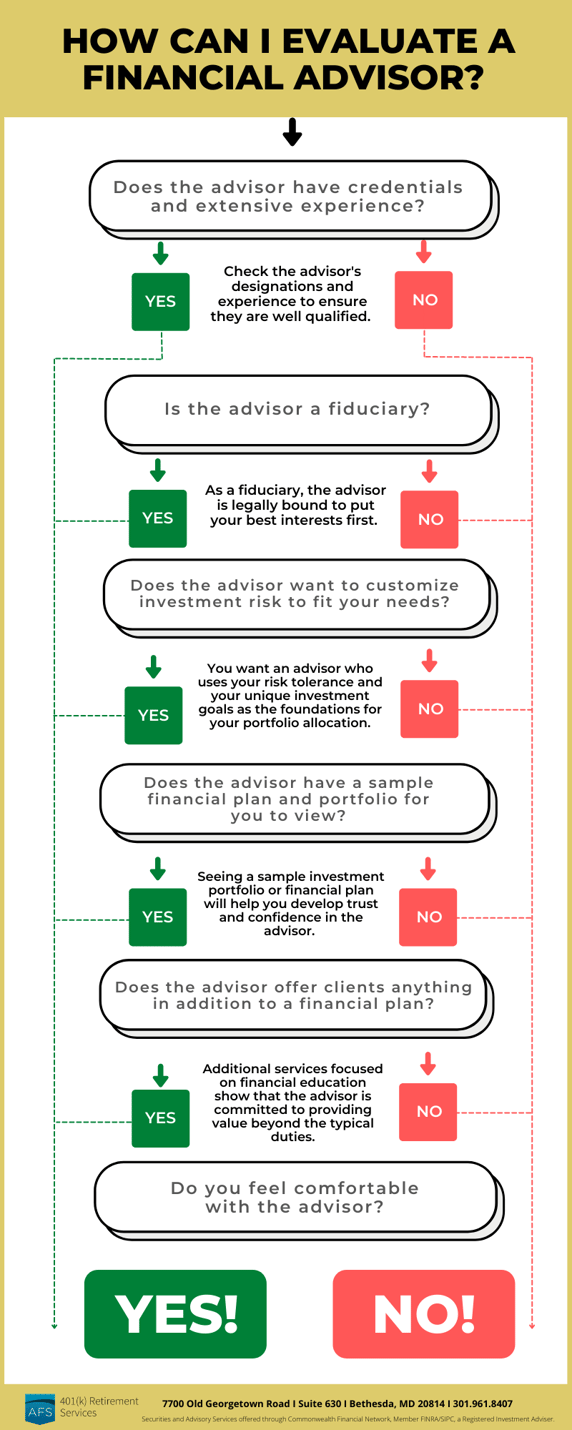
One type of fee your financial advisor may offer is an asset-based fee program. Although this may be a good option for some clients it may not work for everyone. Ask your advisor to explain the asset-based fee program and associated risks before signing any agreements. These information are found in the client agreement.
Investment management
An investment management fee asset-based is the percentage of your portfolio that an advisor charges for their services. This fee could be anywhere from 0.25 percent up to 1 percent depending on your assets. It compensates the firm for managing your portfolio and other expenses. This fee may seem harmless at first, but it can actually eat into your returns.
Consider your investment goals and activity to determine if a fee-based account would be a good fit for you. Consider what assets and their value. Be aware of the costs and benefits associated with a fee-based financial account. Your advisor might offer financial planning services.

An asset-based fee differs from an hourly rate. Asset-based fees are different from hourly fees. They are based on the value of all assets under your management. While advisors' fees can increase over time it is based on your total assets.
Insurance
A new form of insurance, asset-based longer-term coverage insurance, covers the costs associated with long-term nursing. These products leverage an existing asset, such as a whole-life insurance policy or annuity, to provide coverage for long-term care expenses. These policies pay no taxes and allow you to keep all your retirement assets. Asset-based Long-Term Care Insurance can be an option to help you save money on long-term nursing coverage.
An asset-based policy for long-term, care insurance is a product that combines long-term and life insurance. To cover the cost for long-term nursing, the life insurance benefit can be increased. Additionally, the insurance provider will pay a funeral benefit if an insured person dies while receiving medical care. The insurance company will retain your assets until they can be claimed.
Early termination fee
An early termination fee is required if you want to terminate your relationship with an advisor who is asset-based. The advisor is compensated for his or her effort and time by paying a percentage off the assets under their management. This is a common practice in the service sector.

The contract length and type of device determine how much the fee. Major carriers have a similar system. For example, Verizon, AT&T, and Sprint all charge an early termination fee of $50 to $350. Aside from the higher fees for advanced devices, they are usually more expensive than those for standard devices.
Recent cases have shown that the IRS has ruled that an initial termination fee is an assets-based fee if it is paid by a target for a failed merger. This case involved a merger agreement between a would-be acquirer and a target. A would-be purchaser was bound to acquire the stock in another company. The target could accept another offer only when it meets or exceeds the original offer.
FAQ
How can I get started with Wealth Management
The first step towards getting started with Wealth Management is deciding what type of service you want. There are many Wealth Management services, but most people fall within one of these three categories.
-
Investment Advisory Services. These professionals will assist you in determining how much money you should invest and where. They offer advice on portfolio construction and asset allocation.
-
Financial Planning Services - This professional will work with you to create a comprehensive financial plan that considers your goals, objectives, and personal situation. Based on their professional experience and expertise, they might recommend certain investments.
-
Estate Planning Services - An experienced lawyer can advise you about the best way to protect yourself and your loved ones from potential problems that could arise when you die.
-
If you hire a professional, ensure they are registered with FINRA (Financial Industry Regulatory Authority). If you are not comfortable working with them, find someone else who is.
What are the benefits of wealth management?
Wealth management's main benefit is the ability to have financial services available at any time. Savings for the future don't have a time limit. If you are looking to save money for a rainy-day, it is also logical.
To get the best out of your savings, you can invest it in different ways.
You could invest your money in bonds or shares to make interest. Or you could buy property to increase your income.
If you decide to use a wealth manager, then you'll have someone else looking after your money. This means you won't have to worry about ensuring your investments are safe.
What is retirement planning?
Planning for retirement is an important aspect of financial planning. It helps you prepare for the future by creating a plan that allows you to live comfortably during retirement.
Retirement planning includes looking at various options such as saving money for retirement and investing in stocks or bonds. You can also use life insurance to help you plan and take advantage of tax-advantaged account.
Statistics
- US resident who opens a new IBKR Pro individual or joint account receives a 0.25% rate reduction on margin loans. (nerdwallet.com)
- If you are working with a private firm owned by an advisor, any advisory fees (generally around 1%) would go to the advisor. (nerdwallet.com)
- As previously mentioned, according to a 2017 study, stocks were found to be a highly successful investment, with the rate of return averaging around seven percent. (fortunebuilders.com)
- According to a 2017 study, the average rate of return for real estate over a roughly 150-year period was around eight percent. (fortunebuilders.com)
External Links
How To
How to invest your savings to make money
You can generate capital returns by investing your savings in different investments, such as stocks, mutual funds and bonds, real estate, commodities and gold, or other assets. This is called investing. It is important to realize that investing does no guarantee a profit. But it does increase the chance of making profits. There are many ways you can invest your savings. One of these options is buying stocks, Mutual Funds, Gold, Commodities, Real Estate, Bonds, Stocks, ETFs, Gold, Commodities, Real Estate, Bonds, Stocks, Real Estate, Bonds, and ETFs. These methods are discussed below:
Stock Market
The stock market allows you to buy shares from companies whose products and/or services you would not otherwise purchase. This is one of most popular ways to save money. You can also diversify your portfolio and protect yourself against financial loss by buying stocks. If the price of oil falls dramatically, your shares can be sold and bought shares in another company.
Mutual Fund
A mutual funds is a fund that combines money from several individuals or institutions and invests in securities. They are professionally managed pools, which can be either equity, hybrid, or debt. A mutual fund's investment objectives are often determined by the board of directors.
Gold
Gold is a valuable asset that can hold its value over time. It is also considered a safe haven for economic uncertainty. It can also be used in certain countries as a currency. Gold prices have seen a significant rise in recent years due to investor demand for inflation protection. The supply and demand fundamentals determine the price of gold.
Real Estate
Real estate is land and buildings. If you buy real property, you are the owner of the property as well as all rights. Rent out a portion your house to make additional income. You may use the home as collateral for loans. You may even use the home to secure tax benefits. However, you must consider the following factors before purchasing any type of real estate: location, size, condition, age, etc.
Commodity
Commodities are raw materials, such as metals, grain, and agricultural goods. These items are more valuable than ever so commodity-related investments are a good idea. Investors who want the opportunity to profit from this trend should learn how to analyze charts, graphs, identify trends, determine the best entry points for their portfolios, and to interpret charts and graphs.
Bonds
BONDS are loans between corporations and governments. A bond is a loan where both parties agree to repay the principal at a certain date in exchange for interest payments. As interest rates fall, bond prices increase and vice versa. An investor purchases a bond to earn income while the borrower pays back the principal.
Stocks
STOCKS INVOLVE SHARES of ownership within a corporation. Shares are a fraction of ownership in a company. If you have 100 shares of XYZ Corp. you are a shareholder and can vote on company matters. You will also receive dividends if the company makes profit. Dividends can be described as cash distributions that are paid to shareholders.
ETFs
An Exchange Traded Fund (ETF) is a security that tracks an index of stocks, bonds, currencies, commodities, or other asset classes. Unlike traditional mutual funds, ETFs trade like stocks on public exchanges. The iShares Core S&P 500 (NYSEARCA - SPY) ETF is designed to track performance of Standard & Poor’s 500 Index. Your portfolio will automatically reflect the performance S&P 500 if SPY shares are purchased.
Venture Capital
Ventures capital is private funding venture capitalists provide to help entrepreneurs start new businesses. Venture capitalists offer financing for startups that have low or no revenues and are at high risk of failing. Usually, they invest in early-stage companies, such as those just starting out.